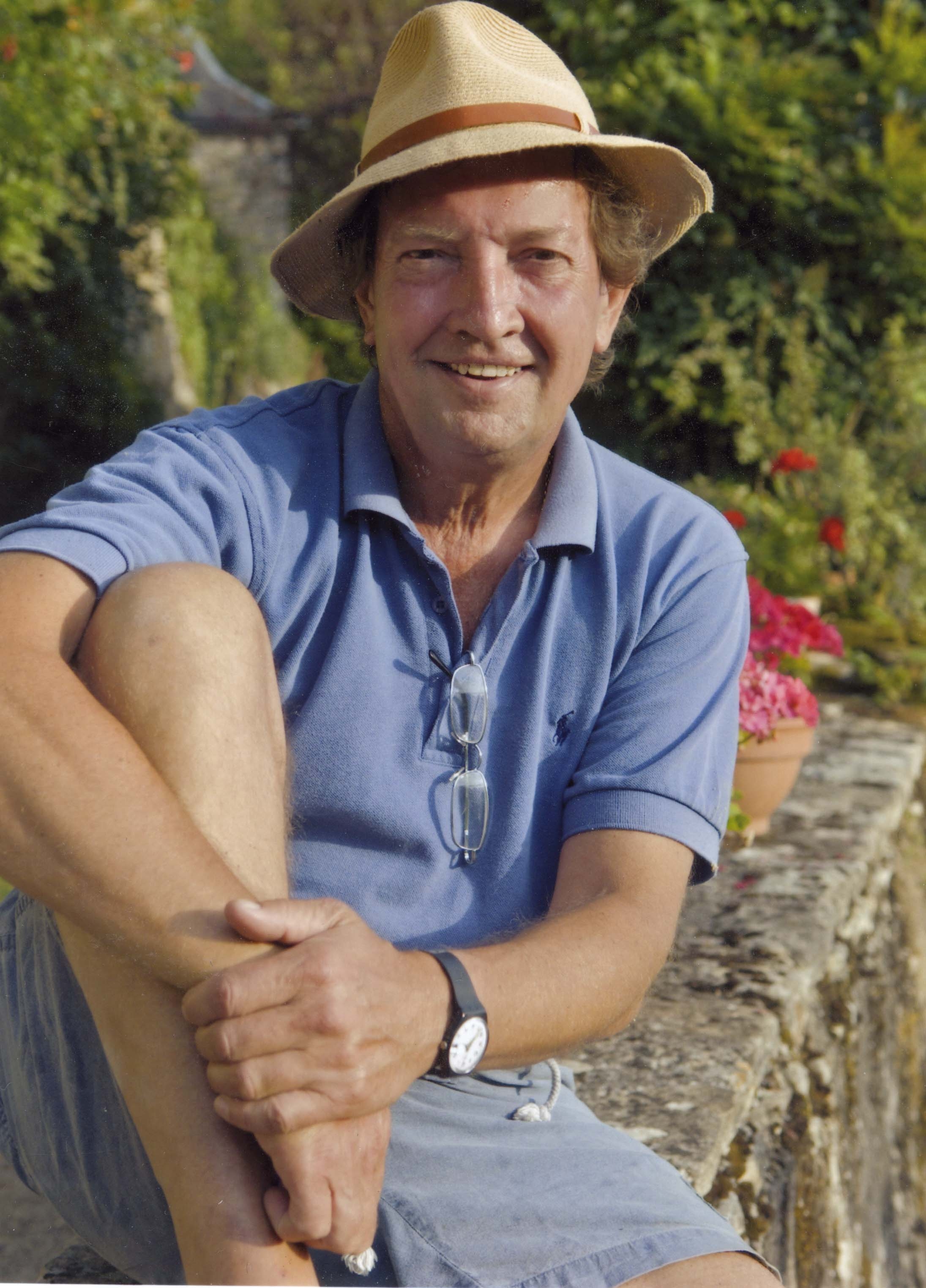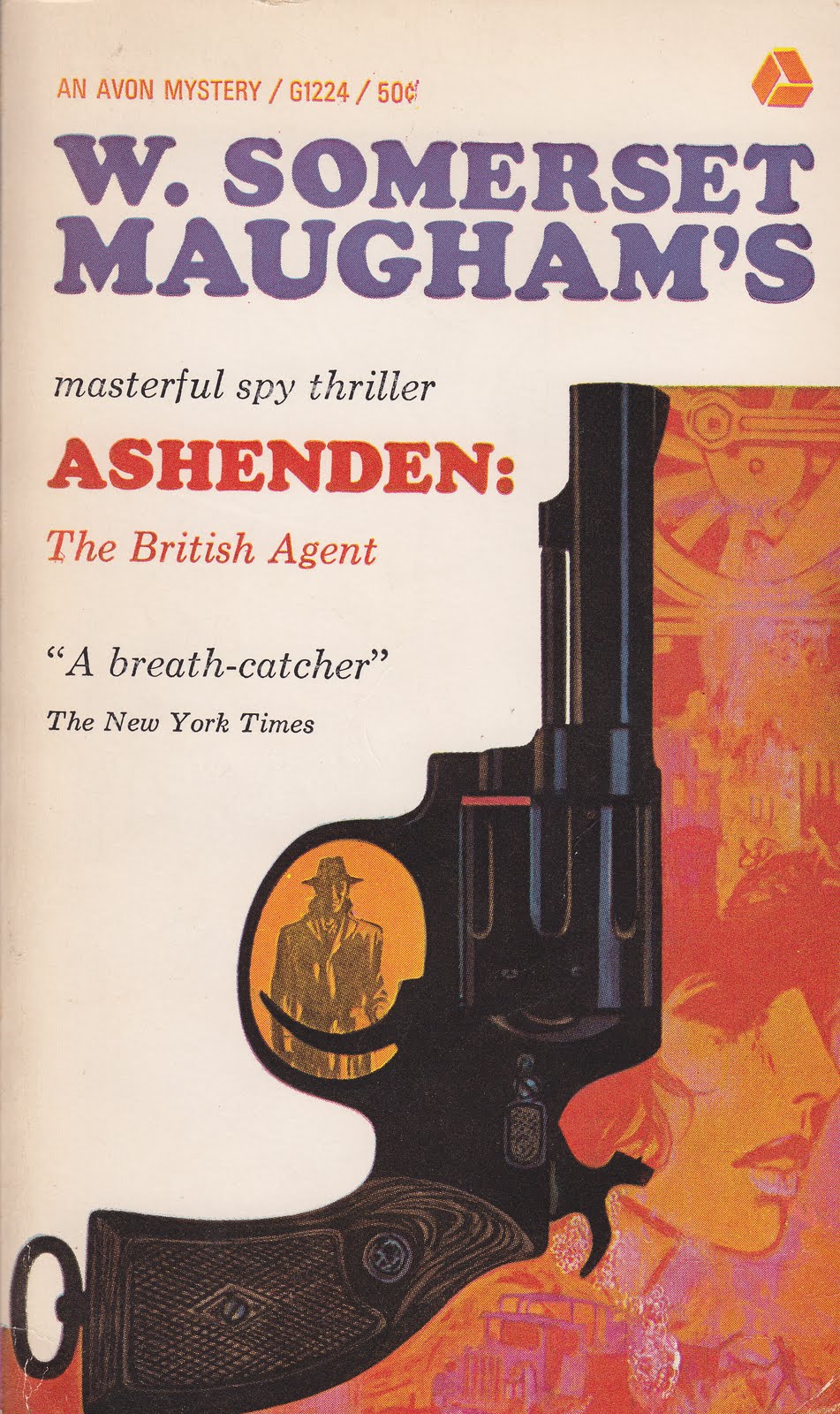I was just looking back over my previous entries and realised that I haven't made a post on this subject since very early December 2015. I'm not sure why, although, if I were to guess, I'd say that this one year of my military career was one of my least favourite. I had enjoyed my previous tour at Cold Lake so very much, lots of responsibility, many good friends and my move to Edmonton was a bit of a harsh awakening.
I'll try not to gripe too much as I present this entry, but I'm also going through a bit of a head cold, so am feeling somewhat grumpy already, so there are no guarantees. :0)
 |
| Air Movement Officers Course in Trenton. My future boss beside me, farthest left |
In the spring of 1981, I was offered an opportunity to go on a year long French course. That would have meant 6 months at St Jean, Quebec for the formal part of the training and then another six months posted somewhere, maybe even back to Cold Lake, but possibly to a base in Quebec for more training and an opportunity to use my newly updated French language skills on the job someplace. For two reasons, I didn't want to do this. I was still sick of school. I had tried to take a couple of correspondence courses in Cold Lake but didn't finish them. I had also been on a number of military type training courses throughout my time in Cold Lake. I had taken various General Safety Officer courses in Edmonton, my Transport Speciality and Mobile Support Equipment Officer Safety Supervisors Course in Borden and my Air Movement Officer's Course in Trenton, as preparation for a future posting to an Air Movement's Unit.
I had also just proposed to my future wife and the thought of being apart for a year while I took this French course didn't appeal to me. So for those reasons, I asked to not be considered for the French course. For that reason and because the next job for a Transportation Officer was normally a tour at an Air Movement's Unit, I was posted down the road to 1 Air Movement Unit, Edmonton, Alberta. I had the course, but what it really taught me, as I recall, was how to load the various passenger and cargo aircraft and helicopters in the Canadian Armed Forces, how to do a weight and balance (we used slide rules back then) and maybe some general rules and procedures for running an Air Movement Unit.
At the time, there were two big Air Movement units, one in Edmonton and one in Trenton (2 Air Movement Unit). There were also detachments across the country, mainly to coincide with the weekly Service Flight schedule that traversed the country on a daily basis. So you had units at Greenwood Nova Scotia, Winnipeg Manitoba and Comox British Columbia. There were also units in Europe; London England and Lahr Germany. The Air Movement Units (AMU) supported the service flight and also provided Movement teams to air move troops and cargo around Canada and the world. From Edmonton, we had a weekly flight of a CC130 Hercules aircraft that provided supplies and mail to our station at Inuvik, Northwest Territories, and whatever team was working that week had to build up the cargo the day before and then load the aircraft the next morning.
The Movement teams, also known as Mobile Air Movement Support (MAMS) teams also deployed wherever required in support of various exercises; moving the army and their equipment to and from their bases. Three times a year, MAMS teams went to Thule Greenland, a combination American and Danish base to provide both equipment and fuel to our radar station at CFS Alert. In my one year at 1 AMU, my team did all three Operation Boxtops, the airlift support of Alert. During my time there, 1 AMU also supported the major airlift and sea lift of troops and aircraft to Norway for the big NATO exercise that took place there every two or three years. I wasn't involved with that airlift.
So back to my new posting. Because I was getting married in the Autumn, my boss in Cold Lake called the CO of 1 AMU to see if there would be any problem with me getting leave from Edmonton to come back to Cold Lake for my wedding. I was prepared to ask for an extension of my posting date or to take vacation time so that the date wouldn't conflict with any exercises that 1 AMU might want me to take part in. My new boss, who shall remain nameless (but if you look at the course photo, he's the fellow on the far left) indicated that there would be no conflict, so not to worry about taking any leave or asking for an extension.
 |
| My MAMS team... a good group. (#7 MAMS?) |
So off I went merrily to Edmonton, moved into a one-story, two bedroom bungalow in Namao, the PMQ area near the Air Base side and reported for duty. I discovered that I was to take over one of the three MAMS teams (unfortunately, I can't remember the number. I think it might have been 7 MAMS). The teams were numbered from East Coast to West Coast I believe. Remember it was 35 years ago. I asked about getting some vacation time to attend my wedding and was told, to my shock, by my new boss, that there was an exercise that I needed to attend, so how could I expect to go back to Cold Lake
? Welcome to 1 AMU... sucker. Well, he didn't actually say that, but I felt like it.
I went to the Ops officer, who I ended up liking very much, although, unfortunately, he, as well as the CO, were both leaving that summer, and he told me that I could leave the exercise early (it was basically loading aircraft with Army personnel, the Princess Patricia's Canadian Light Infantry (PPCLI), from Calgary so they could be airlifted to CFB Wainwright for a summer exercise). Needless to say, this wasn't the welcome I expected to my Air Movement career.
So what did we do at 1 AMU you ask? Basically, there were 3 MAMS teams, one team on for a month, one on training and one off / back-up. There was also a training cell and a Passenger Terminal Ops group that supported the weekly Service flight and any other passenger aircraft that flew through Edmonton. The team that was 'on' was responsible for loading and offloading any and all aircraft that required it and also was responsible for deploying to any operations or exercises that might need on loading or offloading support. The back up team or the team that was off helped them with the daily base offloading / on loading support and filled in with the first team deployed. The other team was on training and also provided support. I think this sounds sort of convoluted but even when you were off, you still might have responsibilities. You could count on deploying quite regularly.
 |
| One of the interesting aircraft that flew through. This transported satellites and such. The Super Guppy |
There were 3 MAMS officers, an Ops officer, an Admin officer and a Passenger Terminal officer, plus the CO. The new one we got that summer, in my grumpy opinion, wasn't any better than the one he replaced. He was out for himself, rather than having any real concern for his troops. I never really felt at home there. I liked some of the officers and my team, but there were others who I felt were backstabbers or sycophants, sucking up to the CO. Sometimes you had two teams go on an exercise to load an army group for deployment. Generally my team got stuck with the night shift, which was fine in it's own right. You tried to work with the other team, prepare the loads that they would put on the aircraft during their shift and they would do the same for you. That made your shift go reasonably quickly as you always had something to do. There was one MAMS officer who would run his team ragged during their shift, preparing all the loads for the week. So what were we supposed to do. Well, quite often, we spent our shift, reloading our cargo because it was either too high or too heavy for the aircraft weight and balance. If you tried to talk to the other officer about it, when you got back to Edmonton, you were taken in to the Ops O and told that you weren't a team player.
I'm not trying to say I'm perfect by any means, but when my team went on exercise, we gave everybody a chance to try all the various aspects of preparing loads; doing the paperwork and weight and balance, being the guide for loading moving vehicles, running the forklift, etc. And when we were on night shift, we tried to give at least one member a day off so they could at least experience the place we were operating out of. We sometimes got other team's members deploying with us due to manpower issues and they always liked being with our team. My Sgt, Gordie Guittard, and my MCpl, Paul Lampier, were very calm supervisors and they tried to teach and vary the work for everybody. Anyway, enough tooting my own horn. :)
 |
| Thule Air Force Base, Greenland (site of Box Top) |
During my year at Edmonton, my team did all three of the Box Top operations. Generally, there was another team as well from Trenton, so one would do the day shift, one the night shift. At that time, the fall BoxTop was required to airlift any materials from Thule to Alert that might be needed over the course of the year there. It was sea lifted from Montreal and anchored in Thule harbour and then moved to the airfield where we prepared the loads for airlift. I think there were 3 Hercules aircraft operating out of Thule, so we had two weeks of steady work. At this time of year, Thule was under 24 hours of daylight, which was kind of weird, but it did make it easier to do this lift, the Dry lift as it was known. Thule was quite a place. During the Cold War, the USAF used this as a major SAC bomber base. When we went up their in the '80s, it was much smaller. The USAF maintained and operated the radar equipment and the Danes performed the administrative functions; quarters, airfield ops, accommodations, etc. It was an interesting place to be, meals were excellent. The Thule omelets were to die for. The Mess Hall ran 24 hours a day. There were other messes as well, The Top of the World Club, an all-ranks kind of bar and the officers also had a nice dining hall. Besides that there was a bowling alley, an audio room where you could borrow records and make tapes and also there was a nice Post Exchange and grocery store. This was nice during a wet lift, because if you were confined to quarters due to white outs, you could cook your own meals.
So the dry lift took place in late August/ early September and we shipped construction materials, and many other pieces of equipment. In November, my team went back up for the Wet lift. The Hercules aircraft had fuel bladders installed and for the next two weeks, we shipped load after load of fuel to Alert to keep them stocked up for the winter, or at least, until the spring Wet lift. The wet lift was more monotonous. Basically the MAMS crew hooked up a hose to the bladders and monitored the pumping of fuel into the bladders, then made sure that everything was snug and ready for airlift. The highlight of this airlift, at least for the personnel stationed at Alert was the Thule Olympics. Personnel from Alert were airlifted to Thule and took part in contests with the US personnel in Thule. Both of the wet lifts took place during 24 hours of darkness. The son approached the horizon around noon each day and the sky kind of turned grey, but it was dark all of the time. As well, wind storms could blow up at any time, causing white out conditions, meaning no airlift ops and every body confined to quarters. It was definitely interesting and I'm glad I have the Box Top Ops to reflect upon.
I managed to see a bit of Canada, especially the North during my time as a MAMS O. We conducted airlift ops in Resolute Bay, Frobisher Bay, Wainwright Alberta and Victoria BC during my short time at Edmonton.
Ultimately, I was getting very frustrated at 1 AMU. My personal life wasn't great, mainly because I was away so much and I wasn't all that happy with the job. The best parts were when we deployed. I had little responsibility when I was back at the home unit. The Ops O and Admin O had all that responsibility, so I spent many days, twiddling my thumbs, watching the other MAMS Os do the same thing. Unless you were loading the service flight or preparing for an exercise, there could be a lot of sitting around.
Oh, yes, the daily service flight. I should mention that. Every day but one, a Boeing 707 passenger aircraft flew through, either going West or returning East, filled with military personnel and their families and the team on duty was responsible for offloading and loading the aircraft for onward transmission. We didn't travel very much be commercial aircraft back then, the Service Flight was mode of moving people back and forth. It hit Greenwood, NS, Trenton ON, Winnipeg MB, Edmonton AB, Vancouver BC and Comox BC. If you were going to Cold Lake or Calgary, you would get off in Edmonton and there would be an Inter base Bus waiting to pick you up and take you to your final destination. It could be a long haul if you were going from Greenwood to Comox; each stop along the way could be an hour or so. I couldn't tell you how many times the aircraft ran out of crew day and had to stay over night in Edmonton. My team would offload the aeroplane for those connecting passengers, then load the plane for those going on out west. Then the crew would inform us that they couldn't continue and we'd have to offload again and the passenger terminal folks would have to make arrangements for the passengers at hotels downtown for the night. It was an interesting job and you got to see many old friends who were flying through.
Anyway, back to my issues. I was so frustrated that I put my release in. I was to be released from the CF in the summer of 1982. However let's just say, I chickened out and asked to cancel my release. This was accepted and I was informed that during the posting season, I would be moved to National Defence HQ in Ottawa to become a Supply officer.
I spent my last few months as the Passenger Terminal Officer, after I did my last BoxTop, which meant no deployments and a relatively stable last few months before my posting out. I liked the job, had a good group of personnel. There were always interesting little occurrences. One day, the crew of the Service Flight showed up at the Passenger Terminal Office, accompanied by a Chinese gentleman. As it turned out, this gentleman, who spoke no English, noticed all of the passengers for the Service Flight getting up in Vancouver to board the aircraft and thinking it was his aircraft as well, he followed them. For some strange reason, the crew didn't notice anything odd and let him board. The gentleman was actually heading down to Gary Indiana, via Chicago, so needless to say, he shouldn't have been allowed to get on our aeroplane.
I went to report this to the CO (and this was my CO to a tee), but he was heading off to the gold course with the Ops O and a couple of other officers, so left me to handle it. I must say, it made for an interesting afternoon. We put the gentleman in the VIP lounge, got him coffee. Using his ticket, phone his travel agent in Vancouver, explained everything to him. He passed the information on to the gentleman, booked him in a hotel in Edmonton and got him a flight to Gary out of Edmonton International. I arranged for Base Transport to drive the gentleman to his hotel and in the morning, to the airport and to make sure he got checked in for his onward flight to Gary. I felt very satisfied with that little bit of work.
So anyway, that summer, I headed off to Ottawa. My one Performance Evaluation Report from Edmonton basically indicated that maybe I wasn't suited to be a Transportation Officer, that Supply might be a better fit. (Odd how three years later, my Career Manager told me just the opposite. But that's for a later story.)
Did I sound too grumpy? I won't say my next couple of jobs were any happier, but at least they weren't Edmonton. I did miss my team and some of the officers, but not the job, unfortunately.
Ottawa, next. :)





































